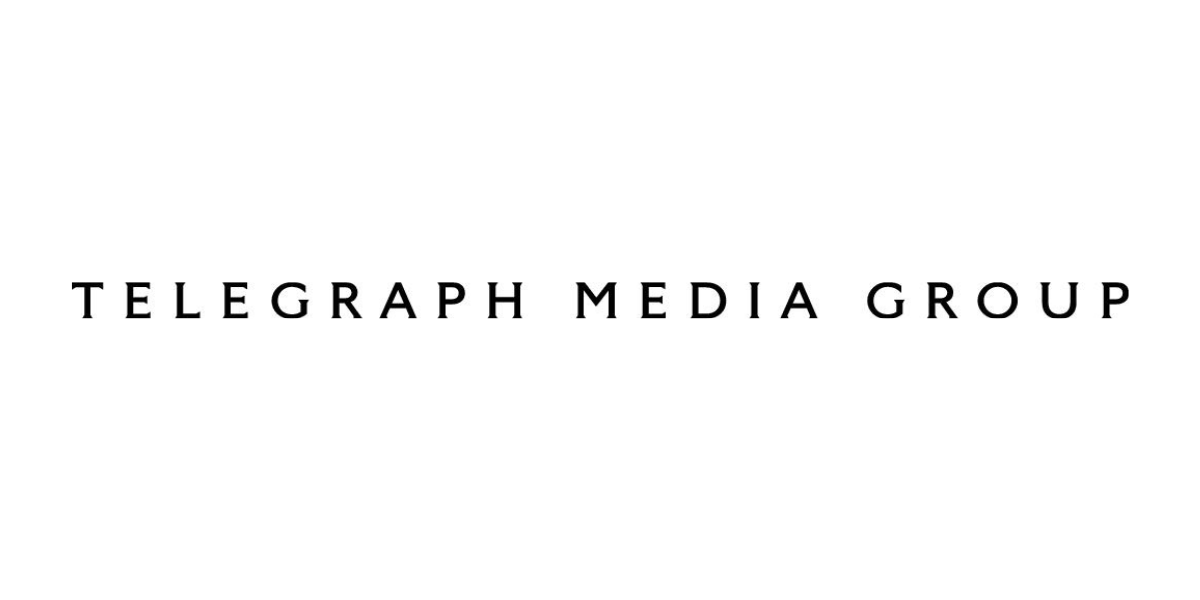
The Telegraph
Category:
Grand Prix
Best Online Brand: Consumer
Commercially, AA/WARC expected ad spend to grow by just 2.6%. 68% of digital revenue went to four platforms. Made For Advertising sites in the OMP took 15% share of spend and the industry faced distractions around cookies and ‘reject all’. Topping it all, in May The Telegraph went into receivership.
However, in 2023, The Telegraph surpassed its ambitious company-wide target of 1m subscriptions. This was achieved by being ‘appfirst’, editorially focussing on habit-forming UX and commercially ensuring advertising shares the screen responsibly. Investment in practical solution-based lifestyle content saw Money become the second-biggest subscription acquisitions channel and Health rise from number 7 to number 4.
Advertising ‘Made for Readers’, powered by first-party data saw declining print revenues overshadowed by 41% year-on-year revenue growth from digital advertising and content partnerships. All of which has helped to future-proof The Telegraph’s ability to provide quality journalism for many years to come.
To achieve this success, their Editorial, Design, and Technology teams started 2023 with three questions around better serving subscribers:
Their approach moved from digital-first to app-first. Investment in new homepage capabilities enabled the team to continually wow and engage readers throughout the day with a highly visual ‘stream’ of content, including autoplay videos, audio, motion graphics, polls, calculators, live sports scores, live business data, interactive charts, reader comments, picture carousels and more.
New Money and Health channels were launched as resource platforms that empower readers to take action towards being better off and healthier. Intuitive UX surfaces hundreds of expert guides, practical solutions, relatable first-person accounts, and interactive tools. High subscriber acquisitions is now seeing this approach rolled out across lifestyle.
Long-read publishing has been enhanced with wide format imagery, video, and animations to better engage and immerse readers in stories, such as holiday destinations and London Fashion Week.
By proving that subscribers like ads (73%), the team gain permission to introduce ads into their app, boosting inventory by 50%. Commercial Insights and Ad Ops now use 1m persistent subscription IDs and signals from 10m daily subscriber page views to inform campaigns. This generates +53% attention quality compared to benchmarks and helps ensure the brand is cookie proof.
The team launched Compass, a new research revenue stream that offers brands competitive advantage through the same insights, expertise, and tools that are used by the newsroom. They launched Digital Hero as well, a high-impact, reader respectful commercial solution, helping brands maximise the reach of their existing marketing assets; Graff enjoyed 2m 13s dwell time.
By studying advertising attention for five years, the team can now optimise campaigns based on learnings from 600 activations.
The result is that The Telegraph is the fastest-growing digital subscriptions news publisher in the UK. Subscriber page views rose by 13%, overall page views by 10%, and commenting by 37%.
72% of The Telegraph’s app subscribers use it daily, with its stickiness reflected by each spending an average of nearly 40 minutes on the app. Developing the app increased visits by 19%, average dwell time on the homepage by 50%, and comments on articles by 79%.
By getting it right for readers and brands, Digital Ads and Partnership revenue grew 41% YoY. This is thanks to 22% YoY growth in new digital advertisers, and £4m of content partnerships coming from new or lapsed brands. 6 clients signed up to Compass generating 4.5x the revenue target.
TMG’s average Digital Display brand uplift is 18.5%, nearly double the 6-11% sources put other digital publishers at. And TMG’s Partnership average uplifts are +32% awareness, +47% consideration, and +91% recommendation.